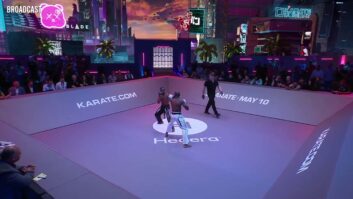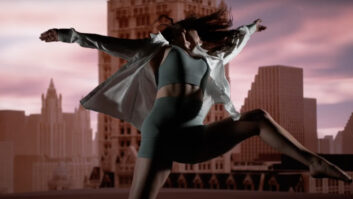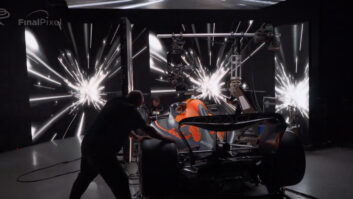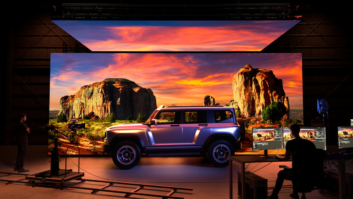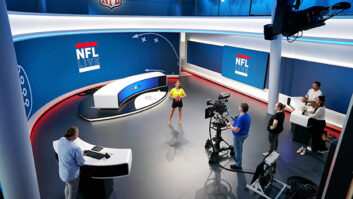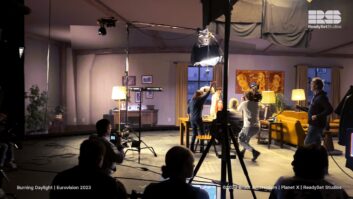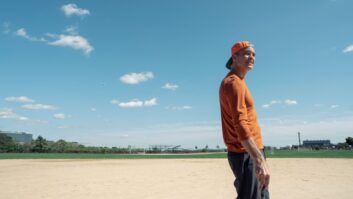Traditional methods of virtual production often come with high costs, logistical challenges, and limitations in terms of creativity and flexibility. With accessible virtual production solutions crews and filmmakers can be better equipped to bring their visions to life with greater ease and efficiency. According to a study by Global Market Insights Inc., the virtual production market is expected to pass $8 billion by 2032.
As the media and entertainment industry continues to see a surge in demand for virtual production technology, filmmakers are in desperate need of tools to inspire them to successfully navigate the virtual production revolution. Noticing the need for a product that was easy to use, cost-efficient and wouldn’t tack on loads of extra time during pre-production, Rosco Laboratories and award-winning visual effects studio FuseFX teamed up to introduce a product that democratises virtual production and makes the technology more accessible to all filmmakers and for productions of any size.
Responding to the virtual production boom
In April of 2022, Rosco and FuseFX debuted their prototype of the Rosco Digital Experience Live Action Backdrop (RDX LAB) System. With software by FuseFX, the RDX LAB System is a cutting-edge virtual production technology designed to work seamlessly with Rosco’s extensive digital content library and empower more filmmakers on set. With the ability to significantly reduce the time and cost typically needed to build environments in pre-production by combining high-resolution cinematic backdrops from Rosco’s content library with visual effects from FuseFX, production teams can spend more time focusing on their roles and bringing their creative ideas to life.
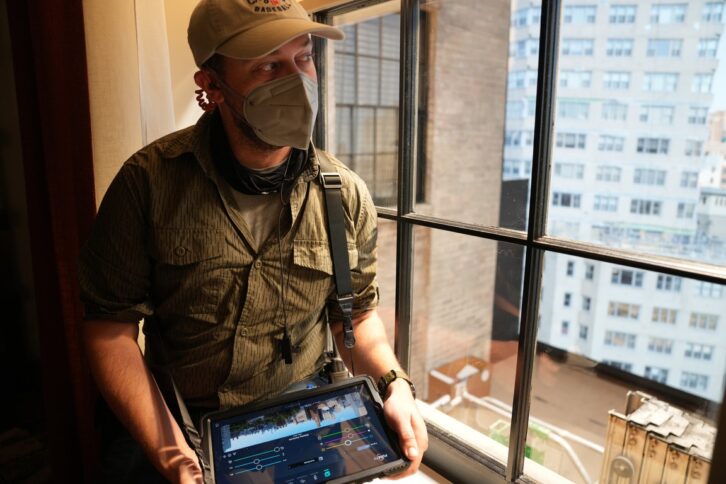
Controlled entirely through an intuitive mobile app, the RDX System allows any backdrop image to be transformed almost instantly into a live-action backdrop on any LED volume. Images can then be altered to reflect a number of different perspectives, including moving smoothly from day to night, changing horizon lines, altering the weather by adding rain or fog, and more – all with full motion capture control. It also brings adjustments to zoom, parallax, colour, contrast, blur and more directly through the app. The new technology enables scalable, customisable, production-ready backdrops that can be modified in real-time, giving cinematographers more control of their imagery and bringing creativity from post production back onto set.
Deploying the RDX System on HBO’s Full Circle
It wasn’t long after the RDX System prototype made its first public appearance at Cine Gear Expo 2022 that industry creatives wanted to try it out for themselves. After previewing the system’s capabilities at the show, gaffer Derek Gross proposed using the technology to director and DoP, Steven Soderbergh for his latest TV series, Full Circle. While Soderbergh initially hoped to shoot on location in an apartment near New York’s Washington Square Park, various factors led to the production opting to shoot in studio and ultimately deciding to give Rosco and FuseFX’s LED solution a try.
“The simplicity of the RDX System made it perfect for the show – once it was set up and tested, it was as if the wall wasn’t even there,” says Rob Striem, unit production manager on Full Circle. “It gave Steven the flexibility to be creative and shoot scenes exactly how he visualised them, without having to think about the content in the background. He could just do his job. Overall, we were pleasantly surprised with the cost-effectiveness and reliability of the system, making it a worthwhile investment when considering the amount of time it saved us on set.”
Soderbergh adds, “I can treat the stage like a practical location. In essence, it becomes invisible to me and that’s exactly what you’re looking for. That’s a real indicator of how great this technology is. It literally fools you. At a certain point in time, you just feel like you’re in a real space and you’ve stopped thinking about it. As a filmmaker that’s the goal, for it to become integrated in an organic way to your approach.”
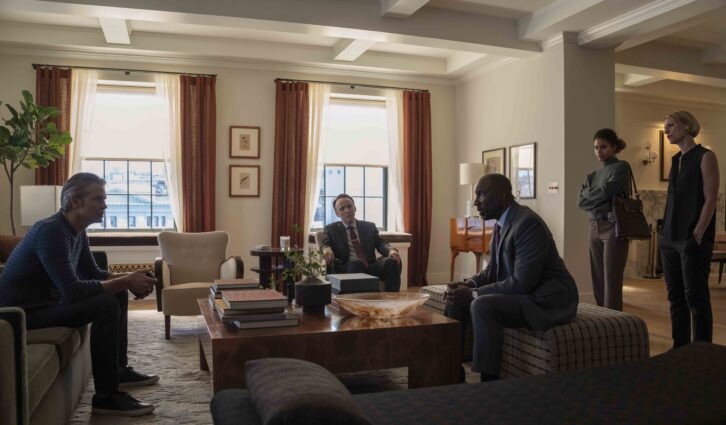
The technology was so realistic, that Soderbergh says that the RDX System did in fact fool many members of the crew. “It was always funny to be working on the set, which was built to work as a real apartment with hallways and elevators, and you’re in there for five or six hours working on a scene in which you’ve set the iPad to 3:30pm in the afternoon.,” he explains. “Then you’re done with that, and you switch immediately to another mode, and you watch everybody’s head spin because psychologically they’ve gotten into a space where they thought we were in an apartment at 3:30pm in the afternoon. It’s interesting psychologically and it made me laugh to watch people’s reactions when they realise that oh yeah, we’re on a stage.”
A key benefit of the RDX System is its ability to bring substantial benefits to all aspects of the production – whether that be the cinematographer, gaffer or lighting crew. The system can replace difficult-to-light green screens, create more realistic in-camera images and provide more flexibility by being able to change background imagery in real time. It’s also designed to retain realistic lighting and reflections on set. For the lighting of Full Circle, Rosco and FuseFX were able to customise the RDX System specially for gaffer Derek Gross and team.
“The controller for the RDX System is wonderful and made it easy to make adjustments based on what was shot,” says Gross. “We had a custom seven-layer image that we could manipulate and had the ability to change focus, colour, and lighting directly in the system – all in an extremely fast manner with virtually no lag.”
Developing the perfect stage
Full Circle was the first production to use the RDX System. The show required digital backdrop images to be displayed on a 180-foot flat LED wall. With a limited period of time before production began, virtual production facility Carstage and video display specialists Visual Alchemy teamed up with Rosco and FuseFX to create a workflow that would allow the RDX System to run smoothly through Unreal Engine and display and scale high-resolution images onto the LED screen – made up of around 1,000 tiles.
Led by Joseph White, owner of Carstage, Kim Dowd, director of technology at Carstage, and Mike Siem, owner of Visual Alchemy, the teams designed, built and tested the system extensively over the course of three weeks. The final result was a brand-new support system that, when paired with the RDX System, could almost instantly display and scale-up pixel-perfect images onto the LED screen that could be controlled in real-time from an app.
“It was a challenging project, but working with the RDX System was an incredible opportunity and it was clear from the beginning that the technology would disrupt the industry,” says Siem. “The ability to easily do things like control the weather or add layers, among other things, are huge time savers and will be a game-changer for future productions.”
Following the successful deployment of the RDX System on Full Circle, the technology is already being leveraged by major studios and television networks on a number of new TV series.
Full Circle is available to stream on MAX now.
